MIGUEL TORRES CARBÓ (1909–1991) - 3RD GENERATION

The Rebirth of Torres
A Man of Many Interests
While Miguel Torres Carbó was studying pharmacology at the Instituto Químico de Sarrià, his father died suddenly. This might be the reason why one of his professors, Dr José María Roca y Heras, became such an important and lasting figure in his life. A family friend and member of the Academia de las Buenas Letras (Academy of Letters), Dr Roca y Heras was a humanist with a curious mind. Miguel devoured the books he recommended, thereby introducing him to a multicultural world.
“Dr Roca y Heras guided me in my early reading, opening up new horizons and giving me a glimpse of the greater world.”
- Curiosity and a thirst for knowledge are shared family traits, forging an open-minded, cosmopolitan character among the Torres that has only been further accentuated over subsequent generations. This might have been the initial spark that ignited the innovative spirit which has come to define the winery.
Miguel and Margarita
After two years of courtship, Miguel Torres and Margarita Riera married in 1934. Their union was progressive for its time. Margarita shared Miguel’s passion for culture, languages, and travel.
- She quickly found her place in the Torres family, proving to be a strong partner and her husband’s equal in terms of strength and clarity of vision. This brought a healthy kind of competitiveness into their working relationship as representatives of the winery or what we would now call public relations.
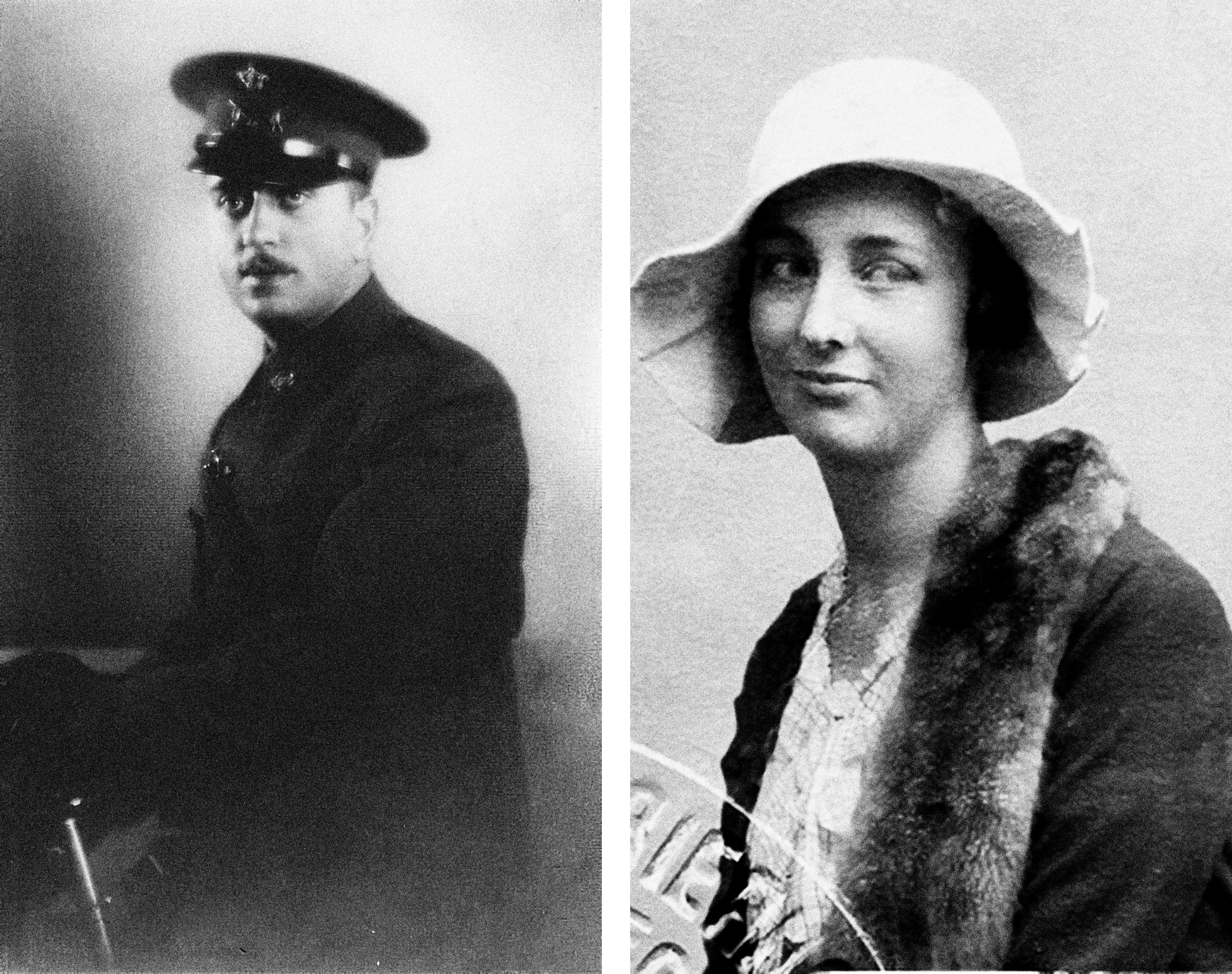
1934. Portraits of Miguel Torres Carbó and the woman who would become his wife, Margarita Riera.
A Transition in Tumultuous Times
Miguel Torres took over as head of the winery in 1934 during the Second Spanish Republic. The country was steeped in a tense socio-cultural situation, especially in Catalonia where rural social movements were growing increasingly radical and with good reason.
-
The livelihood of tenant farmers (rabassaires) was precarious and required a fair solution. They worked the land under medium-term contracts (rabassa morta) but lost the land tenure once the grapevines completed their life cycle.
-
Negotiations between the state and the tenant farmers stalled, resulting in an increasingly tense climate exacerbated by erratic policy decisions and yet another general strike (the impetus for the creation of the Catalan Republic), which the army violently suppressed the following day. This led to the arrest of many rabassaires.
“With the (Spanish) Civil War looming on the horizon, I was determined to fight with everything I had to keep the winery and my family afloat.
A Winery Managed by Committee
In January 1937, Josep Tarradellas, then responsible for the financial affairs of the Generalitat (Catalan government), introduced the Tarradellas Plan. This consisted of a tax collection initiative that levied new taxes on property owners and civil servants. In addition, an asset freeze broke up a bank that was meant to be nationalized.
At the same time, the plan introduced laws allowing for the confiscation of assets based on “external signs of wealth” and, to top it off, another measure gave workers control over small and mid-sized businesses.
As a result, Torres’s workers took over the company’s management. Fortunately, the new workers committee acted responsibly and accepted the owner’s help in keeping the international business going, which they would otherwise have been unable to handle on their own.
What is known as the “week of terror” in Barcelona in May 1937, with shoot-outs between anarchists and police, convinced the couple to move back to Vilafranca.
Once settled in Vilafranca, where the situation wasn’t quite as tense, Miguel Torres received bottles of wine in exchange for cooperating with the committee in charge of overseeing the winery. Miguel and Margarita traded the bottles of sweet Muscat wine for eggs or the occasional chicken to feed their family.
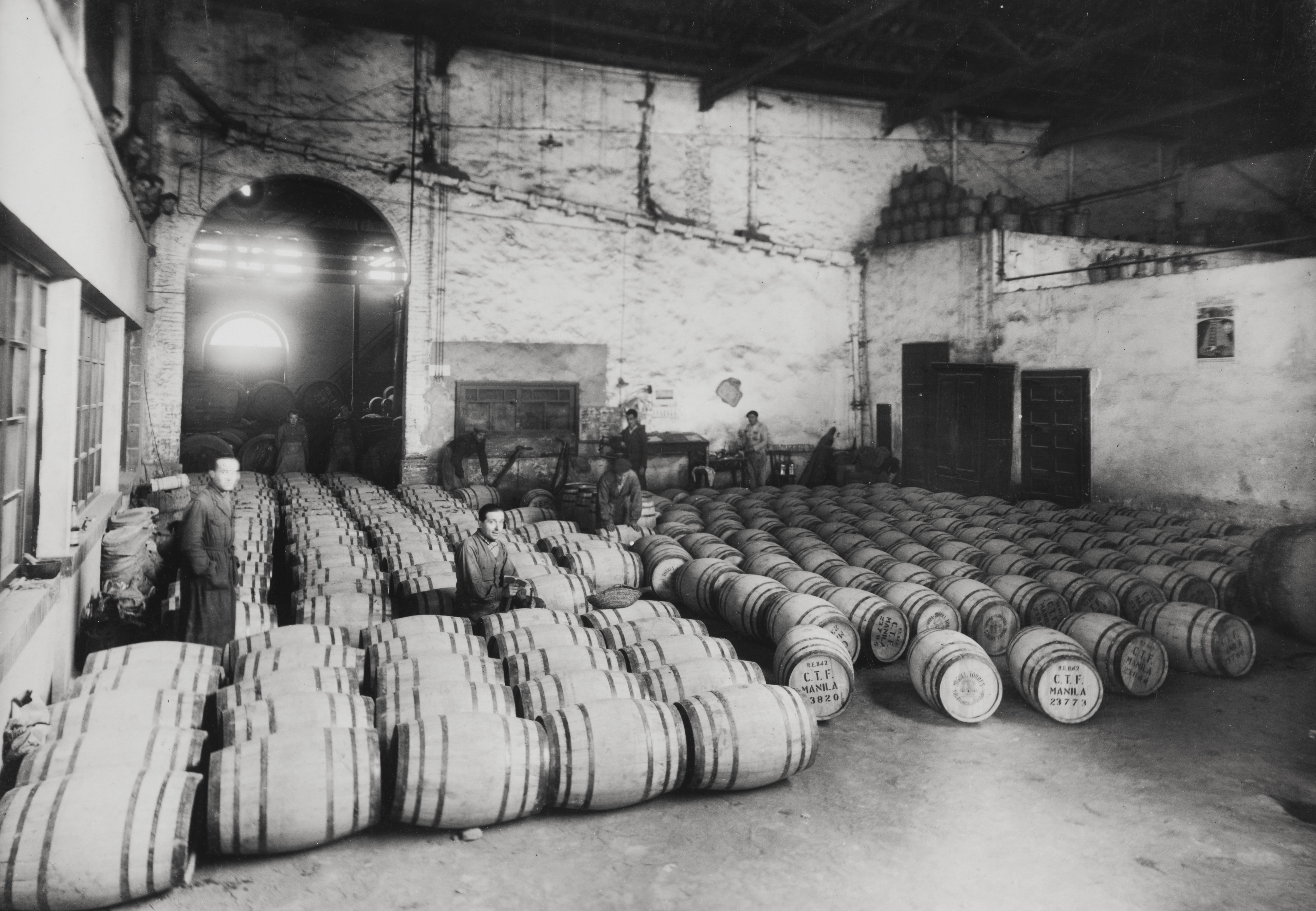
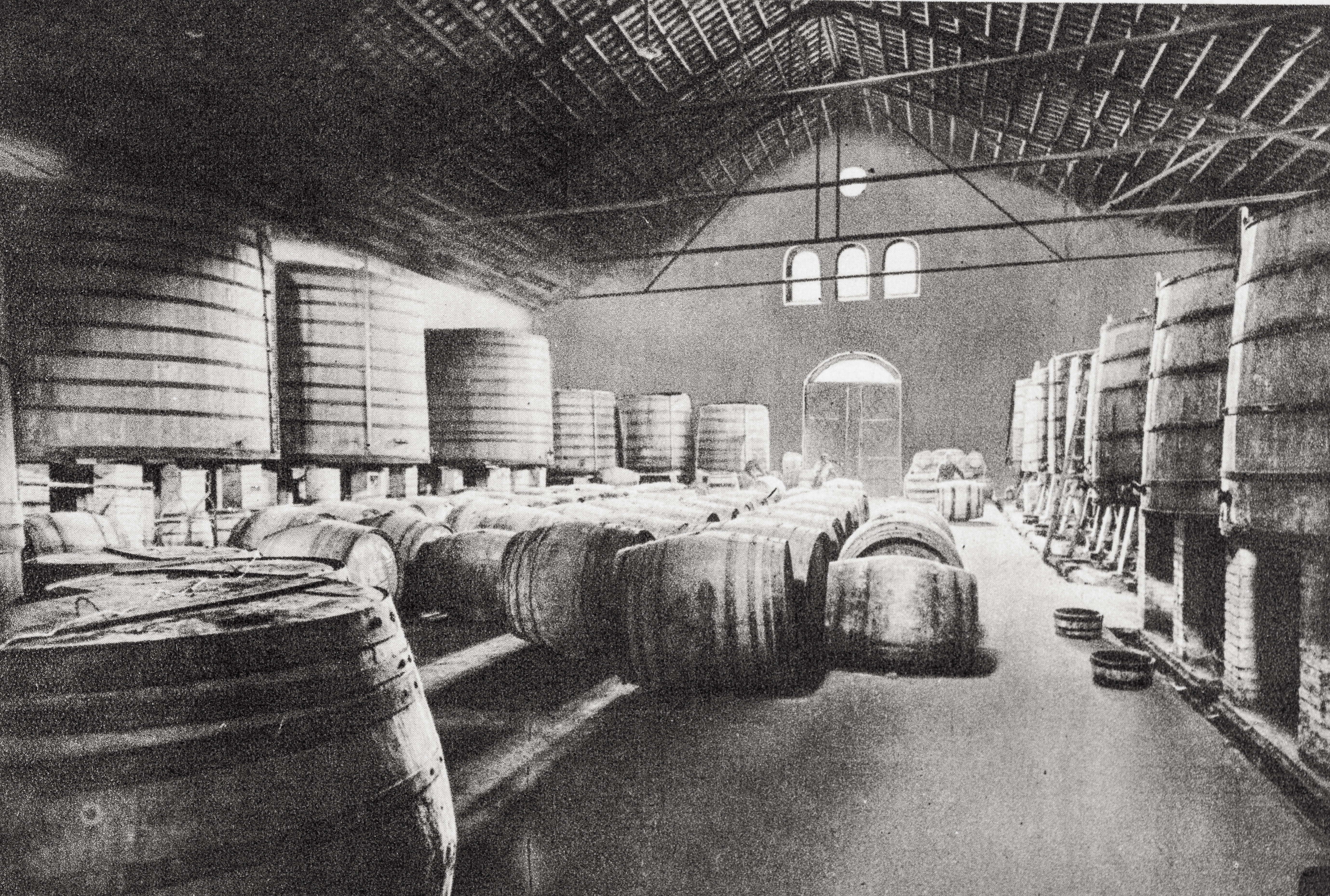 1930s. Warehouse at the winery in Vilafranca del Penedès where the wine aged in 225-litre barriques and large wooden vats with a capacity of 125,000 litres.
1930s. Warehouse at the winery in Vilafranca del Penedès where the wine aged in 225-litre barriques and large wooden vats with a capacity of 125,000 litres.
Three Condor Legion Planes Bomb the Winery
On 20 January 1939, three planes of the fascist forces bombed strategic infrastructure to cut off supplies to the republican side. This included the train station in Vilafranca, which sat right alongside the winery’s facilities.
The attack brought down the walls, sent the roof flying, and shattered the fermentation vats. Wine gushed down the streets, a metaphor, almost, for the blood spilled in a war between brothers. The loss came to a total of 500,000 litres of wine.
-
Miguel Torres, then 30 years old, wept, overcome by anger and helplessness. Flooded with memories and images of his childhood, he promised himself that he would restore the winery’s good name – and take it to even greater heights.
-
After the war, Miguel was arrested for having worked as a pharmacist in republican labs. Every day as he sat behind bars, he heard the list of names being called – the names of those who would be shot at dawn. During those terrible hours, Miguel would escape into memories of sun-soaked vineyards. Wouldn’t Viña Sol be the perfect name for a radiant white wine with aromas of grapevine blossoms and the yellow broom that brightened the family lands, the fresh scent of the fields?
The order to complete the reconstruction of the winery is dated 28 December 1942 and reads as follows: “Our wine services may resume. First significant order guaranteed. Begin work on winery reconstruction. Miguel Torres.”
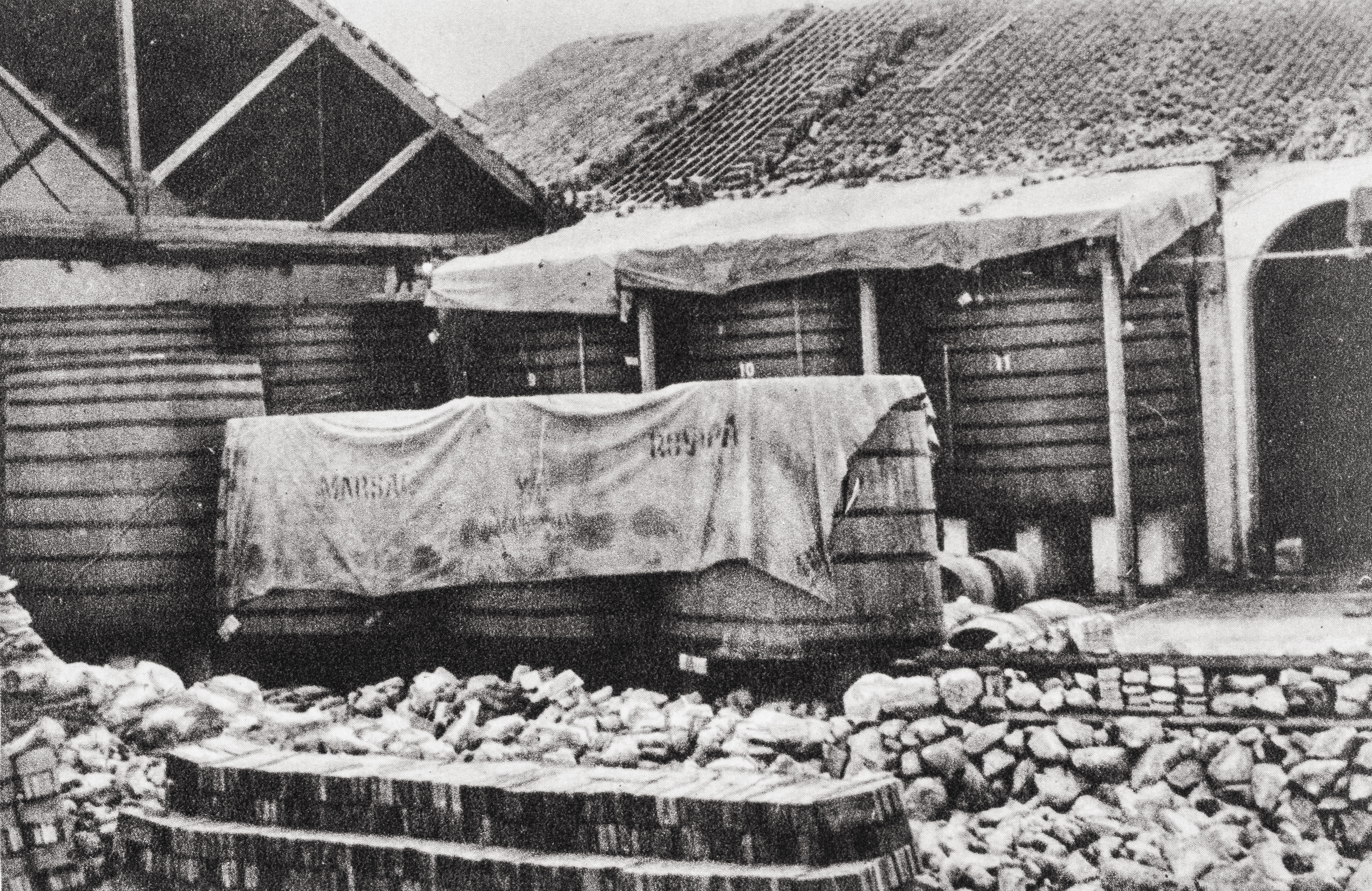
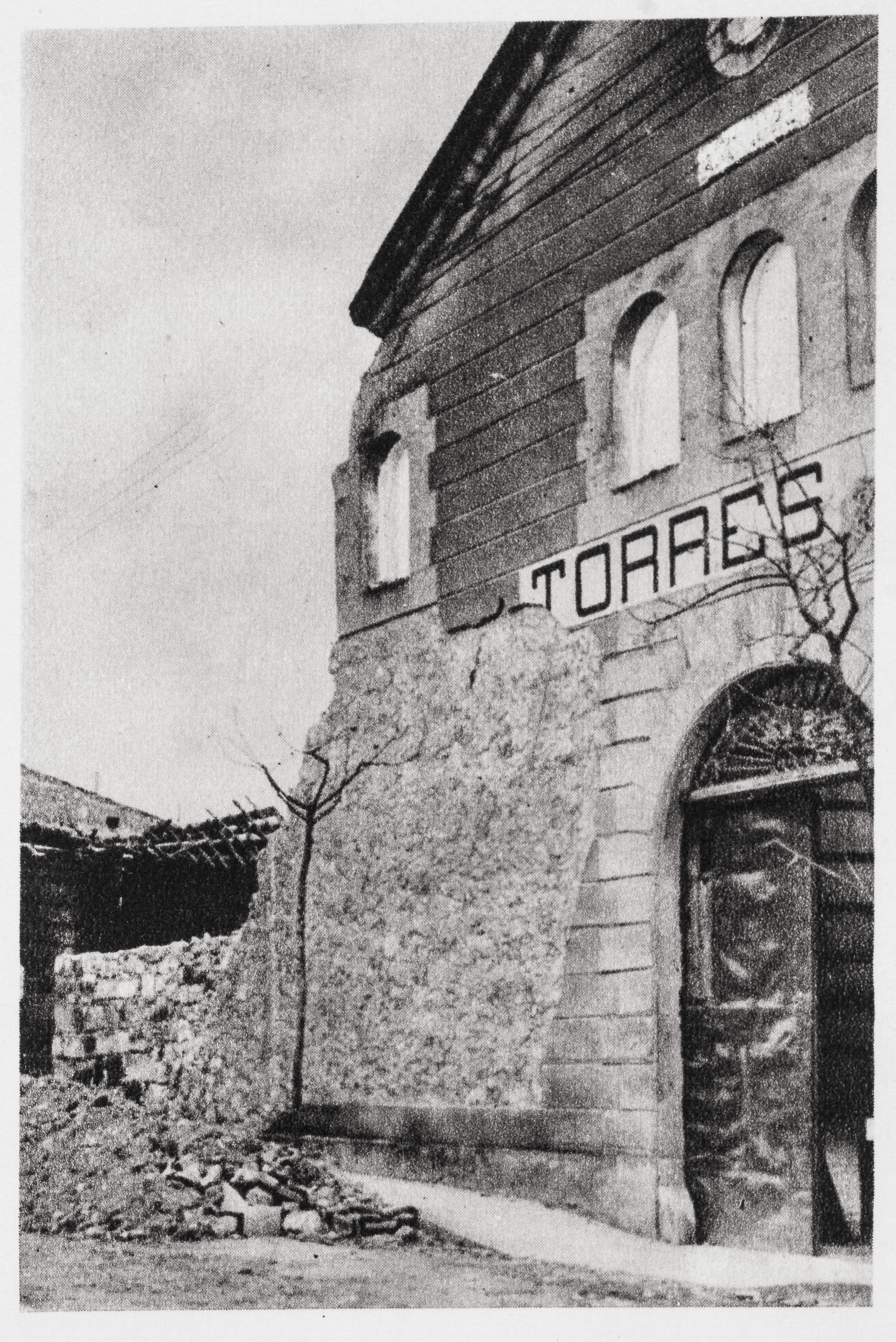
1939. Partial destruction of the winery during the aerial attack on the Vilafranca del Penedès train station.
America: Another Rebirth
Although the war had seemingly destroyed everything, Miguel Torres turned to the one thing that remained: the good reputation of his wines in Cuba, Mexico, and Venezuela. “The world is a big place,” he told himself and set out to consolidate those markets and open new ones in Europe and Canada.
-
But…how could he meet demand with barely any vineyards and a winery still under construction?
-
He sought out the best vineyards in Penedès and began making better wines at the winery, which he envisioned as becoming one of the finest in the world. And so, Miguel and Margarita set off on a journey with no fixed return, once again leaving Doña Josefa Carbó to oversee the winery. Halfway through their trip, the Second World War broke out. But there was no going back now, and, after several trials and tribulations, they arrived in Havana.
Once settled, they learned new marketing and business relation strategies that had not yet caught on in Spain. Their cultured manner and sophisticated look were undeniable assets in this difficult endeavour. They also built a network of friendships that ensured their well-being and future business relations, leading to a steady stream of incoming orders.
- The wines arrived in Cuba from Vilafranca on the Magallanes steamship, which crossed the seas in the middle of an armed conflict unlike any the world had ever seen.
Cuba, Mexico, Manhattan y Canada
From Cuba, they travelled to Mexico where they received a warm welcome from their representatives and continued the mission of visiting old friends and clients, as well as establishing new business connections.
-
In 1940, the couple arrived in the US. The relentless activity of a city as alive and dynamic as New York overwhelmed them. “Lost in that labyrinth, we felt so insignificant,” Miguel later wrote. But Miguel and Margarita weren’t easily intimidated and went to visit the World Fair.
-
What they saw was a future packed with agricultural and business innovations, which they eagerly noted and would take back to Spain. At the same time, the fair offered an array of international cuisine – something that provided the winemaker with valuable insights into the palates of his potential customers.
-
Once in Canada, and pursuing the same life and business goals, the couple learned that the winery was operating efficiently and safely and at a good pace. It could therefore manage the orders the couple was securing on their trip. Adding to the joyful moment was the fact that Margarita was pregnant with their second child, a boy they decided to call Miguel.
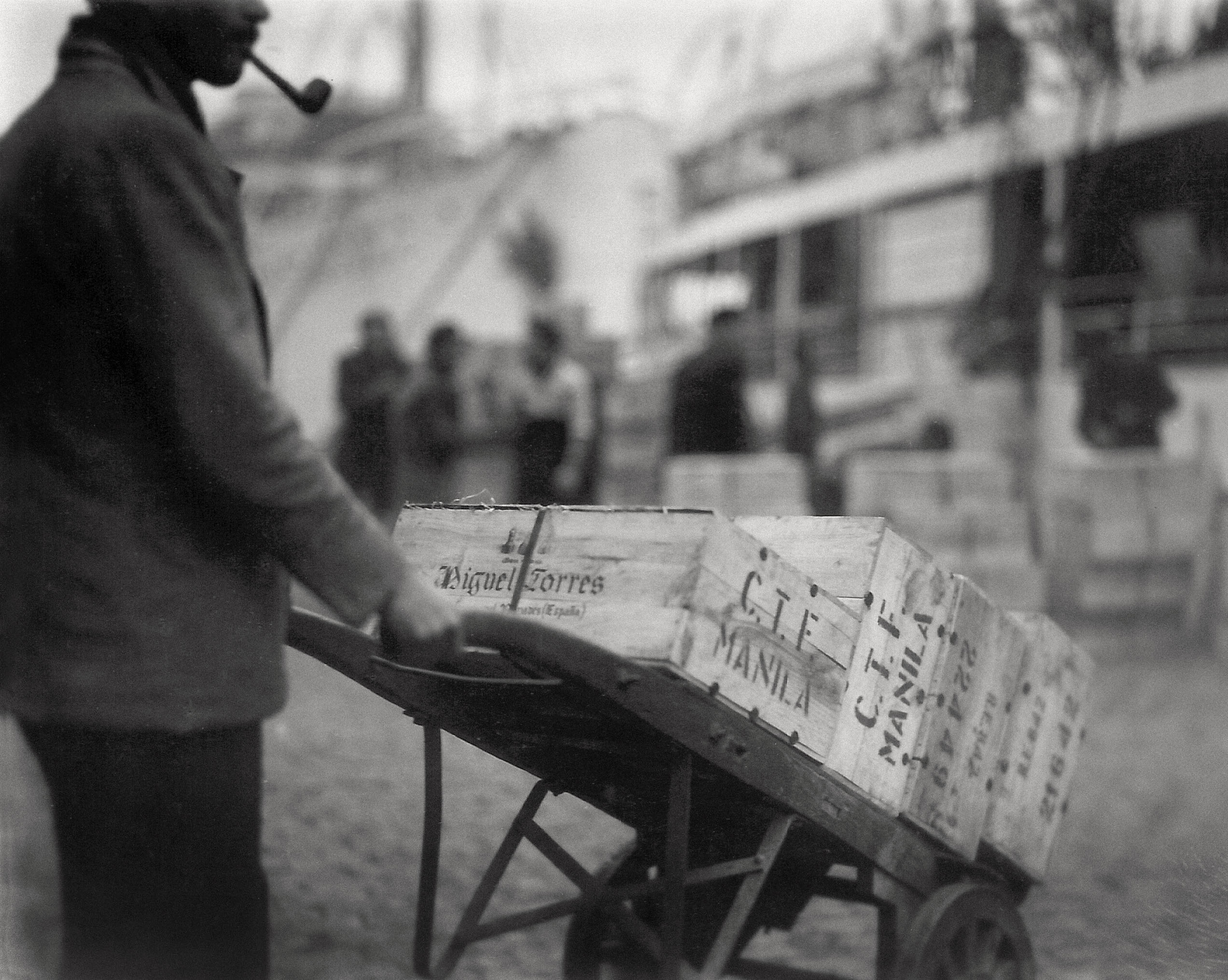
1950s. Distributing cases of bottled wine.
The Return Home
On 17 April 1941, they boarded a ship headed for Bilbao: it was time to head home. The trip had been a resounding success, so much so that Torres’s sales in Cuba represented 46% of all Spanish exports.
-
By this time, Miguel had decided to bottle his most renowned wines. The decision couldn’t have been timelier: Nazi-occupied France was in no condition to supply the world with wine. And so, he sold his wines in the US as Spanish Chablis or Burgundy.
-
Baby Miguel Agustín was born in Barcelona on 30 October 1941. His little sister Marimar would follow in 1945.
-
Now that life and business were stable and running smoothly, Margarita combined motherhood with her role as brand ambassador for the European markets. Meanwhile Miguel Senior took an oenology course in Bordeaux where he learned new winemaking techniques and professional wine tasting protocol.
-
This led to Torres using stainless steel tanks that made it possible to control the fermentation temperature. Old wines gave way to fresher and more elegant styles. This coincided with new approaches in caring for and selecting the vines to obtain the best fruit.
-
Another bold decision gave Miguel Torres a storm of new ideas: traveling across Europe in a Renault 4 to present and sell his wines, he resolved problems related to changes in temperature and other vicissitudes that affected the wine. Spontaneous actions that turned out to be true business genius.
Torres grew over the years, adding more staff and collaborators that Miguel Torres Carbó insisted were trained to understand the company’s style – a task he was uniquely suited for. After all, the winery’s style was his own – a style he had shaped as he acquired new skills, insights, and knowledge during his years travelling the world: it was about taking a flexible and responsible approach to work combined with a clear determination to satisfy the clientele.
